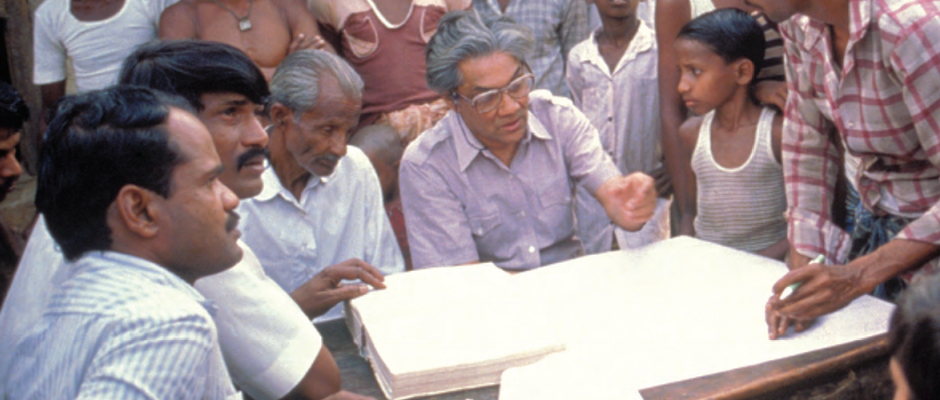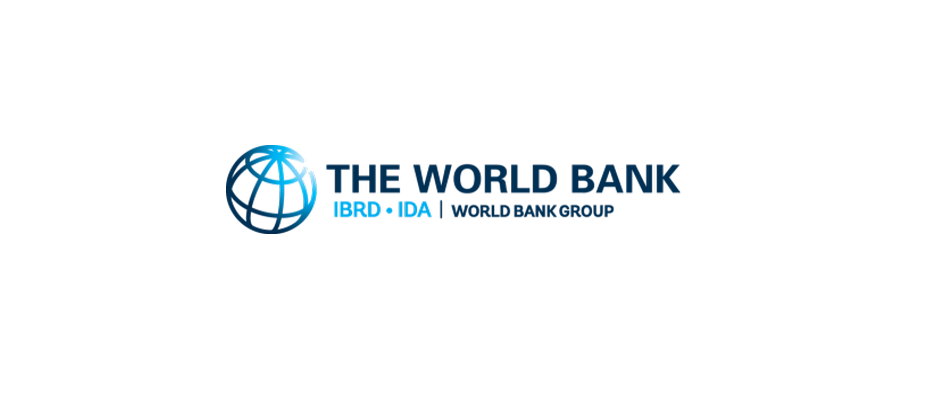
While the countries of Southeast Asia are a heterogeneous bunch, a common element among them has been the emerging importance of decentralized governance. A flagship 2005 World Bank report–East Asia Decentralizes, Making Local Government Work–identified that subnational governments (SNGs) were being placed at the center of a range of fiscal, regulatory, and service delivery activities, changing the fulcrum for much of the region’s economic and social development.
A recent World Bank report by Zubair Bhatti and Lachlan McDonald, Deepening Decentralization within Centrally Led States: The Direction of Local Governance Reforms in Southeast Asia (2020), sets out to examine how decentralization reforms have fared since this foundational report was published. In addition to the original six countries (Cambodia, China, Indonesia, the Philippines, Thailand, and Vietnam), the regional overview adds Myanmar, Laos, and Malaysia into the analysis mix.
To be sure, there are considerable variations between countries, with each taking a decentralization path, shaped by its own history, size, and political system. Nonetheless, some patterns are clear. The nine countries in our set are comparatively fiscally decentralized. Defining subnational government (SNG) as any subnational level of administration with some degree of formal budget (expenditure) authority, the analysis finds, as per a simplistic but notable metric, that, on average, the SNG share of public spending in 2016 was 31% – higher than other middle-income and unitary countries (22% and 19%, respectively). Indeed, on this score, China (91%), Vietnam (54%), and Indonesia (53%) are the first, third, and fifth most fiscally decentralized unitary states in the world, respectively.
Moreover, in most places, SNGs have grown in fiscal importance and now account for a much larger share of public expenditure than they did two decades ago. Only Malaysia and the Philippines have not substantially increased the subnational share of public spending in that time.
Yet despite these expansions in SNG budgets, it is also clear that central governments continue to tightly manage the subnational level through a combination of:
- Political controls: almost all countries are politically unitary states (Malaysia is the only federation) with a variety of de jure and de facto mechanisms in place to ensure that central governments exert considerable political authority over SNGs.
- Budgetary measures: SNGs remain dependent on central government transfers to finance their expenditures. An extreme case is Cambodia, where almost all tax and most nontax revenues are currently being centrally collected and transfers fund almost all SNG expenditure outside of the capital.
- Bureaucratic control: although SNGs in several countries account for a high percentage of the public sector wage bill (53% in Indonesia, 95% in Laos, and 89% in Vietnam), central governments tend to control the size and compensation of the civil service and often even day-to-day appointments, postings, transfers, promotions, and training.
Whatever the original motivation – whether part of the transition from authoritarian to civilian rule (as in the case of Indonesia and Philippines) a complement to economic liberalization (China and Vietnam) or a deliberate step in development strategy (Cambodia and Lao PDR) – central governments have carefully choreographed reforms, ensuring that the political power of the central government was not threatened.
Thus, while the general trajectory is toward more, not less, fiscal decentralization in Southeast Asia the path is not linear. It is certainly not “best practice.” Instead of the axiomatic “finance following function”, the transfer of finances has, for example, preceded the assignment, if at all, of functions and functionaries to the SNG levels.
Additionally, these past two decades show that in Southeast Asia decentralization reforms, especially of the fiscal variety, can be leveraged to promote a disparate set of objectives. Whatever the dispensation, be it political (e.g., furthering political contestation and accountability); governance (promoting inclusion and participation), or economic (experimentation, innovation and efficiency), or any mix thereof, local political actors, even within a close central embrace, can help mediate and catalyze change.
The implication is that while technical design nudges are helpful for guiding the reform process, it is important to (again) recognize that decentralization is inexorably shaped by the organic push and pull of national politics. If the past twenty years are a guide, any further progress in decentralizing governance in the states of Southeast Asia will continue to be controlled, incremental, and nonlinear. The focus is also most likely to be fiscal. Of course, major reversals are also possible, as demonstrated by the recent upheaval in Myanmar, where structural fault lines appear to have reversed the modest progress over the last ten years towards the aspiration of an inclusive, federal state.
Read the full report:
Zubair K Bhatti and Lachlan McDonald. 2020. Deepening Decentralization within Centrally Led States: The Direction of Local Governance Reforms in Southeast Asia. World Bank.



